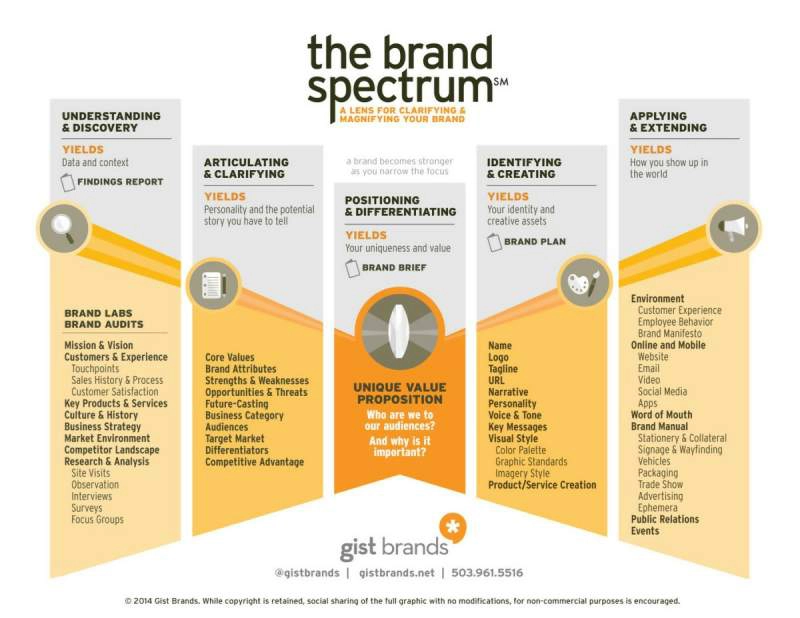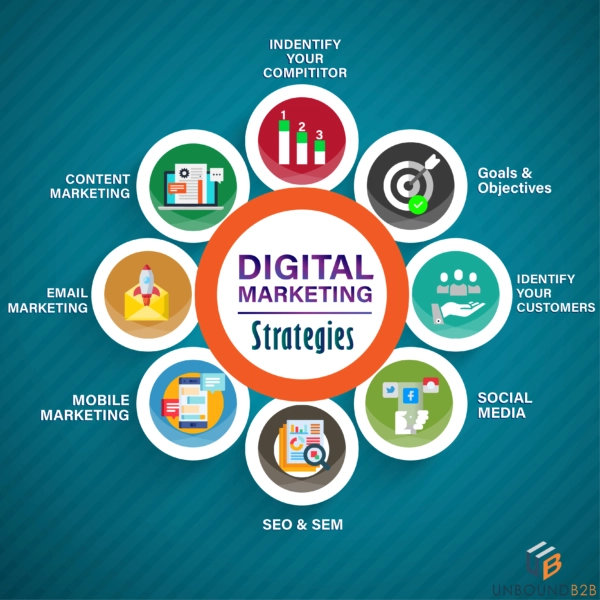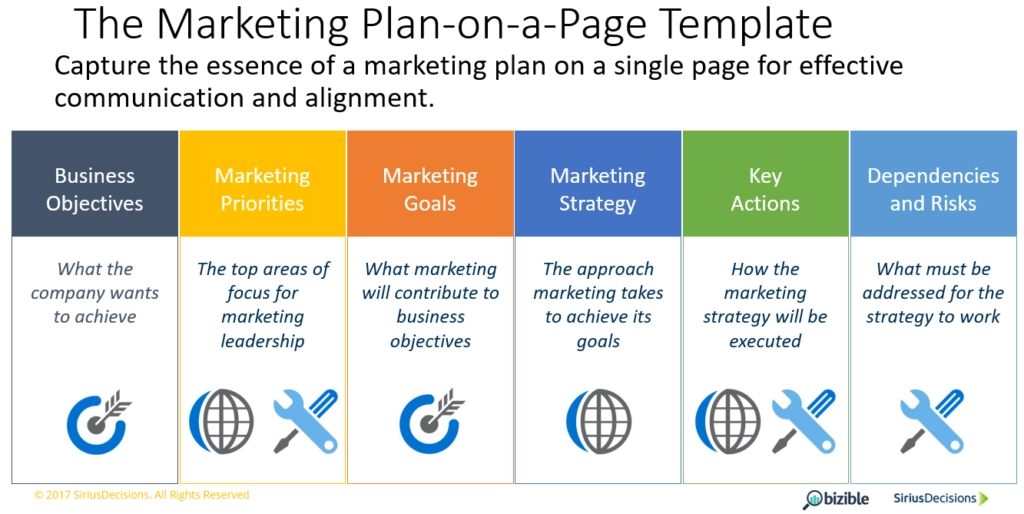
Introduction
Several elements that go into building a brand. The question is, where do you start? Well, there are many ways to do it. Each organization needs to dig deep and find what works for them because every business has unique needs, products, customers, and strategies to reach those customers.
However, at the heart of it all are the steps that you take to appropriately target the right audience to bring in leads and turn those leads into long-term customers.
In this blog post, we shall discuss precisely how you can build your brand, reach your target audience, and convert them into long-term customers using a ten-step streamlined marketing process.
Understanding the Basics
Thoughtful consideration of how you market your business requires you to be conversant with a few fundamentals. This means knowing what having a brand essentially means, as well as having a clear grasp of what it takes to make a brand successful. So, let’s get to it.
What is Branding?
Jeff Bezos, arguably one of the best marketers ever, says that ‘Your brand is what other people say about you when you’re not in the room.’
Principally, your brand is the totality of your customer’s overall perception of your business. The brand image lets customers and potential customers know what to expect from your organization and establish the promise that you’ll deliver what is offered.
A successful brand must have consistent communication and provide a congruent experience across all touch points, including:
- At the storefront
- Online (e.g., website and social media)
- Advertising and Signage
- Print and content publishing
- Packaging
- Sales and customer service
The Importance of Branding
Branding conveys a company’s values, and these values are what attract prospective customers. These shared values are the main reason that customers develop loyalty to a brand. In fact, according to the Salesforce State of the Connected Customer Report, Second Edition 2018, 95% of customers say that they are more likely to be loyal to a brand that they trust.
Simply put, when people trust and feel connected to the products that they purchase, they are more likely to become loyal, long-term customers.
Steps to Build a Brand That Reaches Your Audience
There are several ways you can build your brand to reach your target audience. Some of these tactics include:
- Defining your audience
- Segmenting your market (creating buyer personas)
- Creating high-quality content
- Using SEO
- Using smart, targeted Ads
- Leveraging the power of relevant influencers
- Using the right social platform
- Making use of competitive research
- Being responsive to different stakeholders, e.g., customers, outlets, employees, etc.
- Consistently measure results
However, to ensure maximum effectiveness, there are three best practices that you should always keep at the forefront of your mind. These include:
1. A Clear Narrative: Tell a story that makes your brand relatable by explaining to customers and potential customers, who you are, where you’re from, and what you stand for. Clear and honest communication is vital for brand loyalty.
2. Differentiation: Your brand should be easy to recognize wherever people encounter it. You can achieve this by utilizing a unique logo design, color scheme, messaging, etc.
3. Consistency: Develop guidelines that establish continuity across all channels where your brand material is published. Basically, your message, tone, and audio-visual material must be consistent.

Figure 1: How to build your brand
What Is a Marketing Process?
Injecting strategies, tactics, and best practices for building your brand into the marketing process is a must if you want to ultimately grow long-term relationships with customers. The next question you must, therefore, consider is, what are the steps in the marketing process that will help you build your brand?
Before you can answer this question, it is essential to understand the marketing process and its necessary elements.
Marketing Process
A marketing process is a set of steps that you take to execute your marketing plan. The marketing process enables an organization to analyze market opportunities, identify customer problems, analyze and create marketing materials to target and reach the desired audience.

The 4 Elements of the Marketing Process
Basically, a marketing process consists of four key elements, which include strategic marketing-mix planning, marketing implementation, marketing analysis, and marketing control.
A) Strategic Analysis
This involves creating a strategy for the marketing plan and involves:
- Segmentation, Niches, and Target Groups: Market segments are defined by which needs and whose needs to satisfy. Segments can be subdivided into subsegments or niches, which are smaller target groups with even more specific requirements.
- Marketing to Individuals: This is marketing targeted at one individual customer, such as a large company.
- Positioning: This involves the creation and communication of messages that clearly establishes the business or brand in relation to competitors.
B) Marketing-mix planning
This involves deciding which tactics will be most appropriate and effective in achieving strategic goals. The aim of tactical marketing towards targeted customers is to fulfill their specific customer needs. Creating a marketing mix to address these needs includes four main components:
- Product: The offering made to customers. This component of the marketing mix includes product development, packaging, and branding, and/or marketing a service.
- Price: Determining or gauging the performance or quality level of the offer and selecting an appropriate price that reflects how customers value the offer.
- Place/Distribution: The channels through which the product is made available.
- Promotion: Methods used to communicate and influence the customer, including public relations (PR), advertising, and sales promotion.
C) Marketing Implementation
Traditionally, organizations hire agencies to help them develop ideas for publicity, Ads, sales and promotion. For the sake of branding, integrating these ideas into a cohesive strategy is a must, not only for effectiveness but also for reducing cost.
D) Evaluation and Control
This involves maximizing the effectiveness of the marketing strategy and continuously adapting to changing needs to achieve objectives. Here, the organization can track: Sales, profitability, market share, marketing expense-to-sales analysis, financial analysis, advertising, sales promotions, distribution, SWOT analysis, marketing effectiveness, customer satisfaction, and marketing audit.

Figure 2: Marketing plans outline the steps to achieve the marketing strategy
How to Streamline the Marketing Process
Now that we are on the same page about how to build your brand and the key elements involved in the marketing process, what are the steps in the marketing process?
If your focus is on building your brand through inbound marketing, here are some of the steps you must consider.
Step 1: SWOT Analysis and Developing a Marketing Strategy
Determine the purpose of your marketing plan, which, in this case, must include building your brand. In short, set the long-term goals that guide your efforts (brand building) and break them down into specific objectives. Secondly, analyze your situation by assessing your Strengths, Weaknesses, Opportunities, and Threats.
Step 2: Map Your Messaging
Create a message map and write boilerplate statements that contain specific information about your business. These messages and statements will be incorporated into press releases, the mission statement, and other marketing material as part of your overall brand-building message.
Step 3: Build and Maintain an Authoritative Website
Your website should be your hub for online marketing and b2b lead generation. Ensure that the site has a consistent message, its easy to navigate, easy to update, SEO friendly, and professional.
Step 4: Blogging
Create blog articles that interest your audience, which in turn ensures that more pages are ranked highly in search engines and builds brand awareness.
Step 5: Social Media
Build a social media following and engage your audience in conversations that build trust.
Step 6: SEO
Seek out your ideal audience by identifying targeted keywords and optimizing your website for those keywords. Also, regularly create keyword-targeted content and build high-quality links to your site.
Step 7: PPC
Create, manage, and optimize PPC advertising campaigns to drive additional volumes of traffic to your website.
Step 8: Convert Traffic into Leads
Build landing pages that describe your offer (educational offers, validation offers, sales offer, awareness offers, e.g. customer stories, demos, analyst papers, etc.) and include forms to collect lead information that will be added into your CRM. Also, place CTA’s throughout your website to enhance lead generation.
Step 9: Convert Leads into Sales
Make use of marketing automation to perform the following critical tasks:
- Lead Intelligence. Learn which pages leads view and when they return to your website.
- Lead Segmentation. Segment leads based on the landing page or forms they filled. This enables you to quickly respond with targeted messages.
- Lead Nurturing. Develop campaigns that further educate at different levels from the top of the funnel down to sales.
- Email Marketing. Send timely messages to different target groups or individuals.
- CRM Integration. Bring together all data and form a 360-degree view of your customer to improve the sales process and create a congruent marketing campaign in line with your branding.
Step 10: Evaluate, Measure and Control Everything
Areas to monitor include:
- Traffic. Unique visitors, New vs. repeat visitors, traffic sources, referrals, popular pages, highly-ranked search engine pages, bounce rates, and CTA performance.
- SEO. Keyword performance, search rankings, traffic from search, and inbound links
- PPC. Click-Through-Rate (CTR), Cost-Per-Click (CPC), traffic from search, and inbound links
- Blog. Referral sources and blog subscriber.
- Social. Engagement and Audience size and growth
- Email. Subscribers, CTR, growth rate, sharing, and forwarding.
That said, the most critical metrics to measure are traffic to leads, leads to customers, cost per lead, and cost per customer.
Conclusion
Although building and growing your brand takes time and patience, the streamlined steps in the marketing process mentioned above should guide you towards conveniently creating and building a strong brand. Remember that it is critical to have a clear narrative, differentiate your brand, and develop guidelines to establish consistency across all marketing channels. Keeping these ideas at the forefront will keep you on the right track and ensure the maximum effectiveness of your brand building and marketing process.
Our blog
Latest blog posts
Tool and strategies modern teams need to help their companies grow.

B2B companies must generate leads that are ready to buy their products in order to me...

In the absence of a constant flow of leads, sales teams can't meet their targets and ...

Podcasts and webinars are powerful tools that marketers can use to reach new audience...



